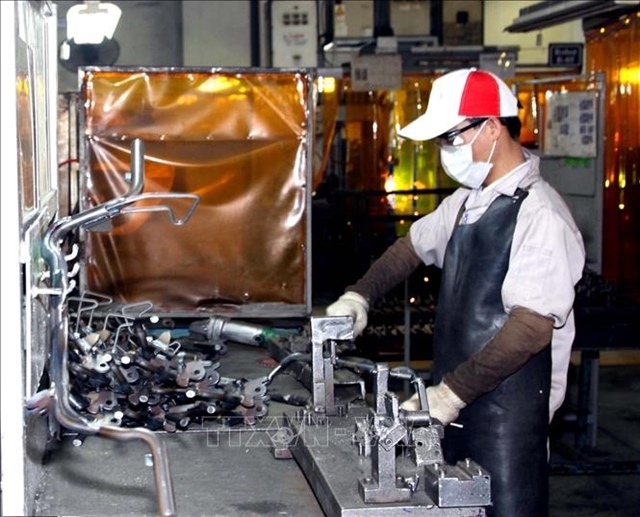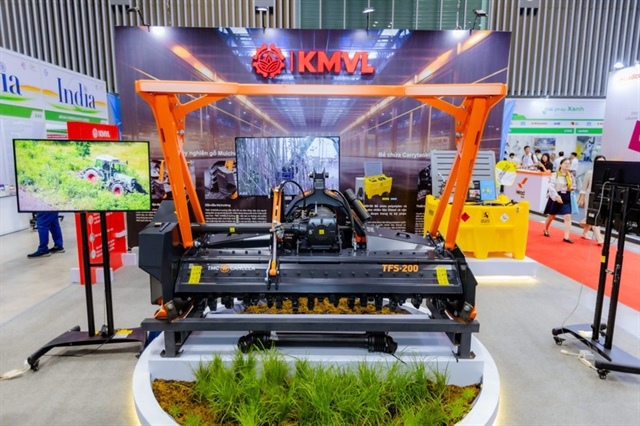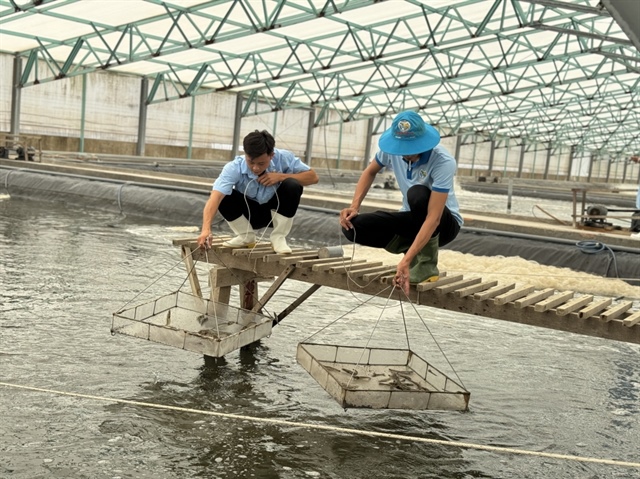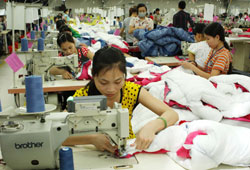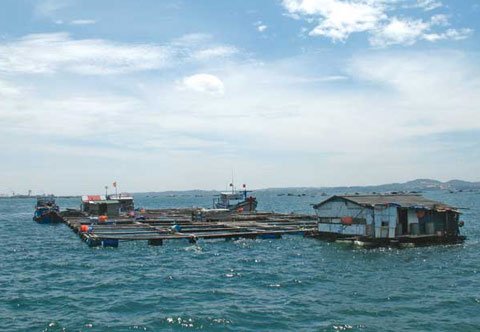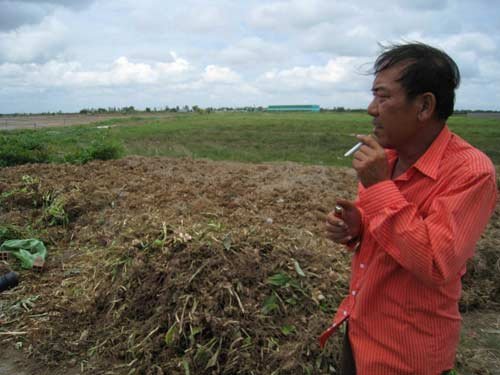Vung Ro Bay also turns into the place for Chinese to raise fish
Vung Ro Bay also turns into the place for Chinese to raise fish
It turned out that not only Cam Ranh bay in Khanh Hoa province, which was once used important military bases thanks to its strategic important position, but Vung Ro bay in Phu Yen province is also the place where Chinese people settle and farm fish, then carry aquatic products back to China.
The fish farms in Vung Ro bay all have been registered under Vietnamese names, but in fact, the real owners of the farms, in many cases, are Chinese.The Chinese do not have to pay to lease the areas, do not have to pay tax for the business. They also do not have to pay environment fees. They can import breeding fish, feed and export fish at any times. Meanwhile, the local authorities turn a deaf ear to the illegal farming.
Bosses or hired workers?
Le Ngoc Tung, a ferryman in Vung Ro, showing hundreds of fish cages in the bay, told reporters: “These are the fish rafts under the names of Vietnamese enterprises, but they are invested by Chinese.”
When reporters came to a fish raft of Thuan Hoang Company Ltd, they could see the workers here fishing the dead fish bodies out of the cage.
Bui Thi Bich Ly, the owner of the enterprise, said that there are about 40-50,000 fish farmed here. “In 2011, my brother in law, a Chinese national, came to help my farm by showing farming techniques. But now there are only eight Vietnamese workers,” she said.
However, the reporters later found out that Thuan Hoang Enterprise receives investment capital from Chinese to farm and export fish in big quantities. In 2010, the provincial people’s committee granted licenses to three Chinese people Chen Po-Jui, Sun Kun Tien and Luu Cheng-Han, allowing them working for the enterprise as fish farming technique officers.
There are up to five fish rafts in Vung Ro, but the biggest and most modern one belongs to Vinh Tin private enterprise. This includes 10 floating houses and 300 cages, which covers thousands of square meters of surface water, just 200 meters far from the Tau Khong So (the Ships with no registered numbers – known as the ships in charge of carrying food and weapon from the north to the south in the war against the US imperialist) historical vestige.
Then reporters came, they saw a Chinese supervising the works of some 30 workers, who were cleaning cages, processing feed for fish and breeding fish. The Chinese man did not receive the reporters, while returning to his room.
A worker here said that it is the man who manages the works here and pays workers. The company’s registered director is Lam My Khanh, but in fact, it is invested by Chinese.
Of the three Chinese people who got the working permits from the provincial authorities, only the permit of Cheng Tsao Chiang is still valid, and he would be able to stay here in Vietnam to provide “technical guidance” until the end of June 2012.
Importing breeding fish, exporting products and discharging waste
For a long time, Chinese have been farming fish and facing no obstacles from the local authorities. Tens of tons of feed – which was fresh fish – was cleaned with water and then discharged to the bay, turning it red.
In this season, lobsters, bred in the areas near fish cases, die in masses. “We believe that the lobsters raised by Vietnamese have died because of the chemicals used by Chinese developed fish cages and their waste water,” said Le Ngoc Huy, a local resident.
The noteworthy thing is that Vung Ro has been reserved for oil refinery project and border port development, not for aquaculture. However, since 2005, the provincial authorities have allowed 10 Chinese people to reside here.
vietnamnet



